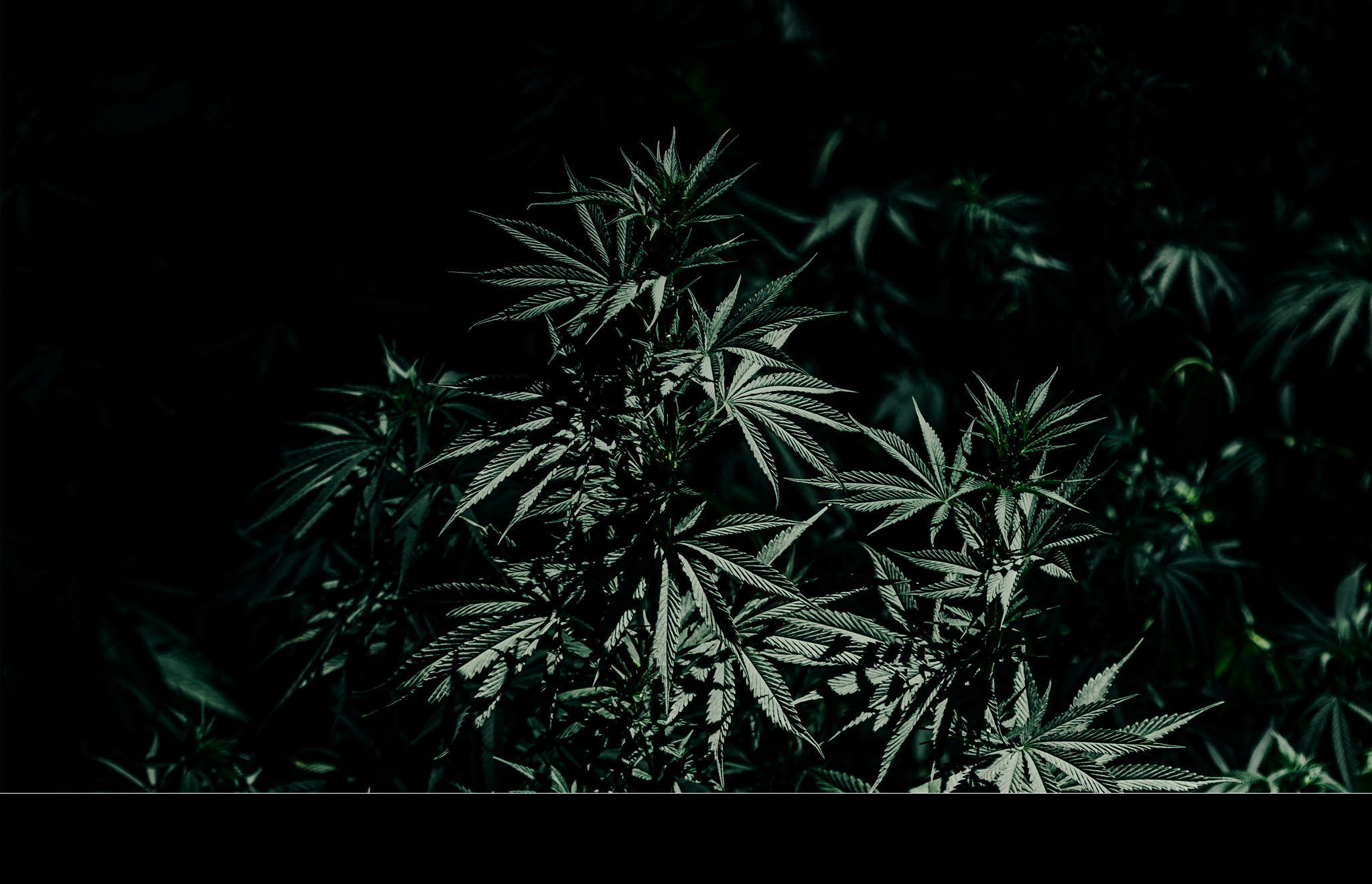Himalayan Highs
Pierre-Arnaud Chouvy
Geographer and CNRS Research Fellow
Cannabis Now Magazine
Issue 19, March 2016, pp. 42-46
(4100 signs + 11 photos).
Although it has become illegal in 1985 under the Narcotics Drugs and Psychotropic Substances Act, hashish has been produced in India for thousands of years, notably in the Parvati Valley, in the northern Indian state of Himachal Pradesh. South of the famed Manali area, where the eponymous charas – or hashish – is produced, the Parvati Valley is known the world over for its high end hand-rubbed charas and notably the Malana Cream. The valley, where cannabis grows wild (used to produce the so-called jungle hashish) but where about 2100 hectares are thought to be cultivated (to produce the begij hashish) each year, holds its name from the wife of Hindu god Shiva: the couple is thought to have brought cannabis seeds into the valley.
Hashish produced in the Parvati Valley is of extremely high quality and the Malana Cream that has long been produced in the isolated village of Malana has often been rated as the world’s very best. With and after the advent of the Hippie Hashish Trail in the 1960s, hashish production grew along with cannabis cultivation: according to Robert C. Clarke’s book Hashish!, in 1981, about 75 percent of the charas was of the jungle type while by 1994, over 75 percent was begji. The cannabis found in Himachal Pradesh, whether wild or cultivated, belongs to the Cannabis indica ssp. indica variety (Karl Hillig’s classification) or to what Robert C. Clarke and Mark D. Merlin have subsequently termed the narrow-leaf drug or NLD variety.
Yet, rather recently, according to police reports and first hand witnesses, and in accordance with what has been taking place in other parts of the world, including Morocco, modern hybrid cannabis varieties have appeared in the cultivated fields found at altitudes from 3,000 to 4,000 meters all along the Parvati Valley. Along with mass production came a change of legislation and recent and repetitive, yet worthless, crackdowns on cannabis cultivation, that led villagers to displace their fields hours away by foot from villages. Still, official estimates report that about 60 tons of hashish are now produced annually in the state of Himachal Pradesh, far more than the two tons that Clarke estimated being produced in the whole of the Kullu District (includes both the Kullu Valley, aroiund Manali, and the Parvati valley, from Malana to Tosh and beyond) in the mid-1990s.
Modern extraction techniques are also said to have been introduced in the mid-2000s by some of the countless foreign hashish aficionados that have now been travelling up and down the valley for decades. Such modern techniques are likely to produce a very high end hashish, sold to and consumed by a select few. The quality of the charas produced in the Parvati Valley seems to have suffered from the same trends witnessed in Morocco: large-scale production has brought quality down and even the Malana Cream is no longer what it used to be. Many other villages offer high-quality charas in the Parvati Valley, such as Tosh, a village at the far end of the road, where tourists, both Indian and Westerners, hang out in an increasing number of guesthouses with breathtaking mountain views.
Still, most Indian and foreign smokers, whether in India or abroad don’t have access to the best charas as even the traditionally hand-rubbed hashish is now produced to achieve quantity rather than quality. It takes one day to a careful hashish rubber to produce half a tola (about 5 grams) of the very best quality charas or 10 grams of high-quality charas but a day of hasty and heavy hand-rubbing can deliver up to 50 grams of low-quality charas full of vegetal debris. Nepalese workers are for hire in the Himachal valleys to harvest and carry the region’s two most important crops, apples and hashish. Nepalese workers can be seen everywhere running down steep slopes with crates of apples on their backs or hand-rubbing cannabis plants in high altitude fields. Yet the best way to obtain the best charas seems to produce it directly, as real connoisseurs, including some foreigners, often opt for.
Indian charas is very rarely found outside of India as most of the Indian production is consumed locally or nationally (immediate neighbors to India – such as Nepal, Pakistan, and Afghanistan – also produce hashish) and as trafficking outside of India mostly involves small quantities. Of course, one can find Indian charas on the menus of most coffee shops in the Netherlands but one would be hard-pressed to determine if the Manali, Malana or Tosh charas sold in Amsterdam is real high-quality charas or if it even is Indian charas. In any case, the vast majority of the hashish consumed in Europe clearly comes from Morocco, reportedly the world’s first producer of hashish.

